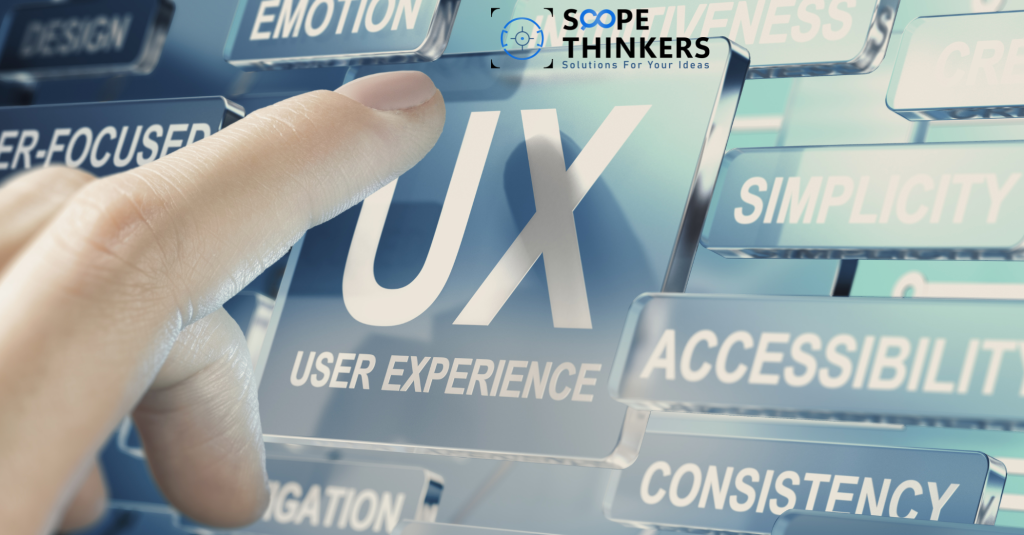
Introduction:
In today’s digital age, where user expectations are higher than ever, creating exceptional user experiences (UX) is paramount for the success of any software product or application. UX design goes beyond aesthetics; it encompasses the entire user journey, from initial interaction to long-term engagement. In this blog post, we’ll explore the significance of UX design and how it can shape the success of your digital products.
Understanding User Experience Design
At its core, UX design is about understanding users’ needs, behaviors, and motivations to create intuitive, seamless, and delightful interactions. It involves a multidisciplinary approach that combines psychology, design principles, usability testing, and iterative refinement to craft user-centric experiences.
Key Principles of UX Design
- User Research: Conducting thorough user research to gain insights into target users’ preferences, pain points, and goals. Methods include surveys, interviews, and usability testing to inform design decisions.
- User-Centered Design: Placing users at the center of the design process, empathizing with their needs, and designing solutions that address their challenges effectively.
- Usability and Accessibility: Ensuring that products are easy to use and accessible to users of all abilities, including those with disabilities. This involves clear navigation, intuitive interfaces, and adherence to accessibility standards.
- Consistency and Familiarity: Maintaining consistency in design elements and interactions to provide a familiar and predictable user experience across different platforms and devices.
- Visual Hierarchy and Information Architecture: Organizing content in a clear and logical manner, prioritizing important information, and guiding users’ attention through effective visual hierarchy.
- Feedback and Iteration: Incorporating user feedback throughout the design process and iterating on designs based on usability testing and real-world usage data.
The Impact of UX Design on Business Success
- Increased User Satisfaction: Well-designed user experiences lead to higher user satisfaction, retention, and loyalty, ultimately driving repeat business and positive word-of-mouth referrals.
- Enhanced Brand Perception: A positive user experience fosters trust and credibility in your brand, distinguishing it from competitors and creating memorable interactions that leave a lasting impression.
- Improved Conversion Rates: Intuitive and frictionless user experiences streamline the conversion process, reducing drop-off rates and increasing conversions, whether it’s completing a purchase or signing up for a service.
- Reduced Support Costs: Investing in UX design upfront can minimize user errors, confusion, and support requests, leading to cost savings in customer service and troubleshooting.
The Future of UX Design
As technology continues to evolve, so too will the field of UX design. Emerging trends such as voice interfaces, augmented reality (AR), and artificial intelligence (AI) present new opportunities and challenges for designers to create innovative and immersive user experiences.
In conclusion, UX design is a critical component of successful digital products, influencing user satisfaction, brand perception, and business outcomes. By prioritizing user needs, embracing best practices, and continuously refining designs based on feedback, organizations can create meaningful and memorable experiences that resonate with users and drive long-term success.

